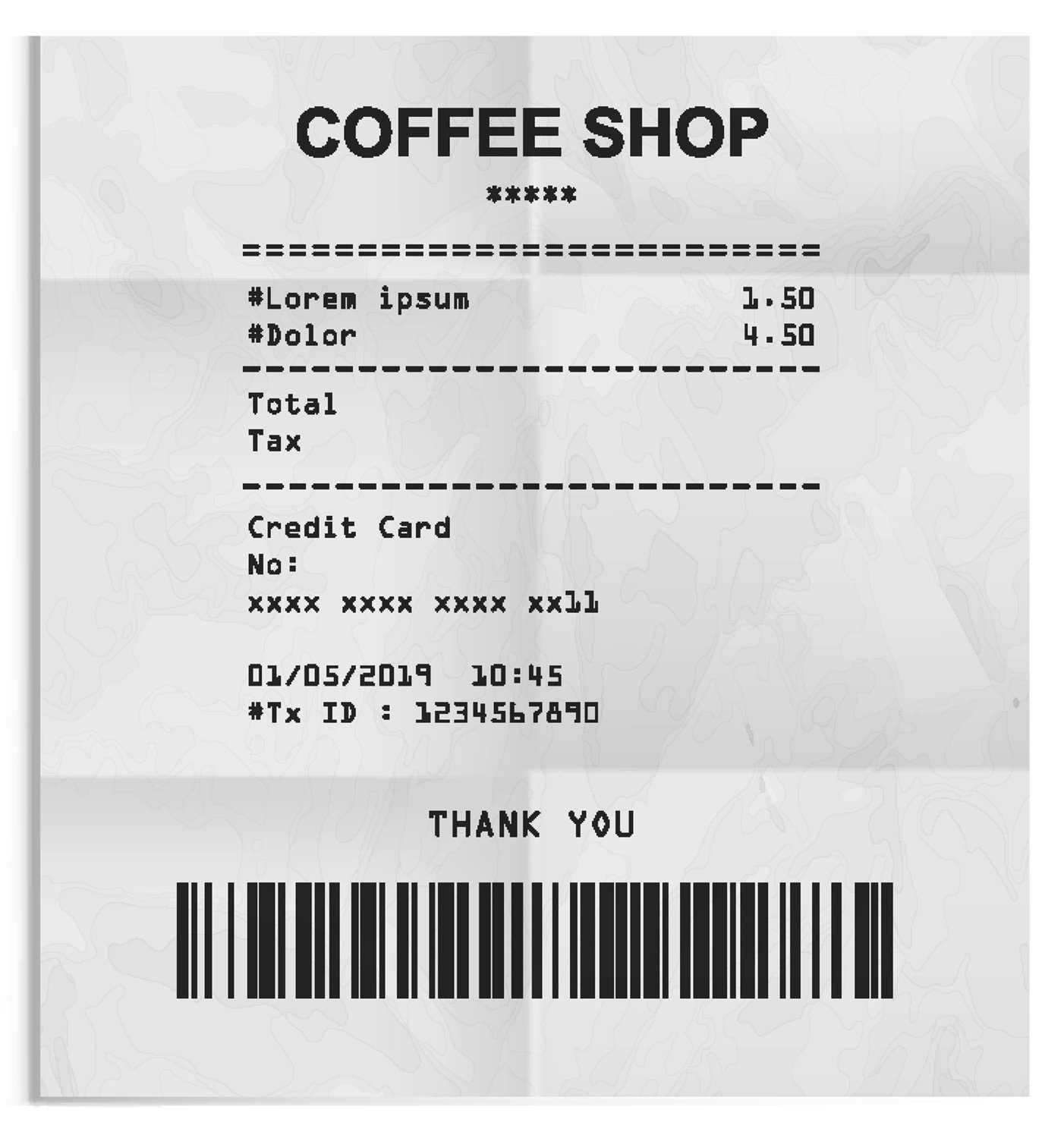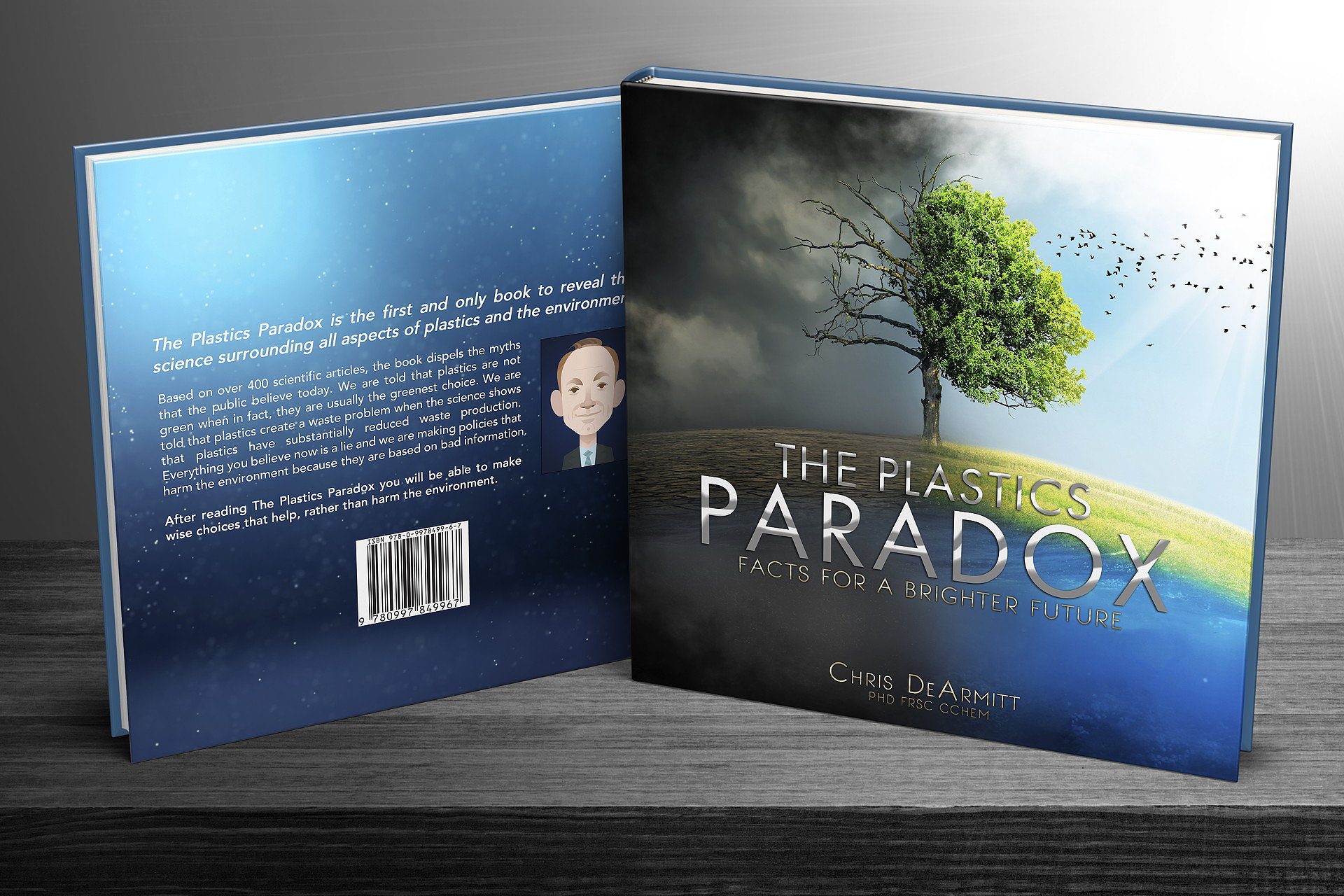BPA FROM PLASTICS
Evidence & Perspective from the Leading INDEPENDENT Expert
BPA from Plastics is a hot topic – an independent scientist breaks down the facts so you can make the right choices.
BPA from Plastics
A Cause for Concern?
Bisphenol A (BPA) is a synthetic chemical that has attracted a great deal of attention. All sorts of scary claims have been made about it and the media have been only too happy to pounce – because bad news sells. Likewise, NGOs have been spreading scare stories about BPA from plastics, which was even mentioned in recent testimony to the US Congress.
If BPA is such a concern, surely someone should be looking into this topic. After all, it has been public knowledge for over a decade. Why is no-one acting? The answer to that is that scientists have acted. There are many detailed studies about BPA, so we know where it comes from, how much there is and whether exposure to it is a cause for concern. The following summarizes what peer-reviewed science has to say on the matter.

FDA Statement on Bisphenol A (BPA)
The U.S. Food and Drug Administration (FDA) have done a thorough review of the science and made a statement for the public:
“FDA’s current perspective, based on its most recent safety assessment, is that BPA is safe at the current levels occurring in foods. Based on FDA’s ongoing safety review of scientific evidence, the available information continues to support the safety of BPA for the currently approved uses in food containers and packaging.”
This can be found online by anyone in seconds by typing “BPA FDA” into the Google search bar, which will give you plenty of hits including this one:
https://www.fda.gov/food/food-additives-petitions/bisphenol-bpa-use-food-contact-application
If this has been studied for decades and there is no danger, then we need to ask why NGOs are still publishing scare stories and telling the US Congress that we are in danger. Surely, if their true motive was to protect us and the environment, they could have found 3 seconds to type “BPA FDA” into Google.
Dr. Patrick Moore, former President of Greenpeace, covered this in his book Confessions of a Greenpeace Dropout. He also concluded that the hype around BPA is a combination of media wanting to attract readers and NGOs wanting to scare us into donating our money. He even authored a report exposing their true motives and business model – Analysis of Greenpeace’s business model & philosophy – Greenpeace wants a piece of your green.
The NGOs say that plastics contain BPA, implying that they all do, but is that the case? In fact, polycarbonate is the only thermoplastic made using BPA and it accounts for about 1% of all plastics. So, the NGOs forgot to mention that about 99% of plastic is BPA free. Not only that, but of all the polycarbonate used, over 95% of it never comes into contact with food at all. Some common uses include CDs, DVDs, motorcycle helmets and bullet-proof “glass”. So, potential exposure is very limited.
How much BPA is there in polycarbonate? The answer is trace amounts (2-70 ppm) left over from the chemical reaction used to make polycarbonate. It was found that the BPA that comes out of polycarbonate bottles is not that residual BPA, but rather it is formed at the bottle surface by degradation of the plastic in contact with liquids. All chemicals are harmful, it just depends on the concentration. Even oxygen is lethal at higher concentrations. Likewise, many trace elements are essential for life, but not tolerated in high concentrations. That is why it is not the presence or absence of a substance that is most important, but the concentration. Nowadays, analytical techniques can detect such incredibly low concentrations of chemicals that it can be easy to overreact. We react to the mere presence of a substance without realizing that the concentration is only parts per million (ppm), for example.
As a PhD chemist myself, I decided to look at the scientific literature on BPA in case there were any new findings. I did find several studies and they all showed no threat.
“In general, the total exposure to BPA is several orders of magnitude lower than the current tolerable daily intake of 50 μg/kg bw/ day.”
In laypersons terms, the concentration of BPA is tens of thousands of times below the safety limit.
Here is another study:
“BPA was only detected in a sample from a polycarbonate container at levels well below the EFSA total daily intake value.”
A large, meta-analysis summarizing the data from 65 scientific publications found:
“BPA in drinking water represents a minor component of overall human exposure, and compared with the lowest available oral toxicity benchmark of 16 mg/kg-bw/day (includes an uncertainty factor of 300) gives margins of safety >1100. Human biomonitoring data indicate that ingestion of drinking water represents <2.8% of the total intake of BPA.”
Again, we see that the amounts are thousands of times lower than the safety limit. A very detailed study covering many polycarbonate samples exposed to different liquids found that the amount of BPA found in water in contact with polycarbonate was between undetectable and 38 parts per billion. How much is that as a percentage? The amount of BPA in the water was less than 0.000004%.
You might say that any amount is a concern, but as mentioned earlier, that is not how toxicity works. Twenty percent oxygen in the air we breathe is safe and desirable, but lower or higher amounts create health issues. Detecting a substance does not tell us whether there is a reason for concern. BPA is toxic in higher amounts, but so is oxygen.
In conclusion, all the fuss about BPA from water bottles was for nothing. I wonder how much harm was done to the environment from the millions of perfectly fine reusable polycarbonate water bottles that were needlessly thrown away.
Environmentalists are quick to point out that BPA is present in bottled water and then to assume that it must have come from plastic, but is that true? Scientists have studied that as well, and the results may surprise you. They found that BPA was present in 93% of surface water samples at levels from 0 to 215 ng/L, and 6 fold higher in industrial areas. We are talking about water found outdoors in nature here.
How much did they find in tap water coming from PVC plastic pipes? They found 3.5 to 59.8 ng/L in tap water, meaning much less than in water outdoors. What about bottled water? They detected just 3 ng/L in PET bottled mineral water. We can see that BPA is present in water from plastic pipes and bottles but at levels far below what they found in the water outside and not in contact with plastic. This shows the importance of thorough science and making proper comparisons to provide context.
Even though there is no evidence of danger, most drinking bottles are now BPA free anyway, thereby making it a moot point. Today, people use PET, metal or glass bottles. Interestingly, life cycle analysis shows that the metal and glass containers cause several times more environmental harm than the plastic ones.
When it comes to BPA and plastic, the NGOs are scaring us over an issue that isn’t an issue at all. While reading the science on BPA, I learned that a main source of BPA is thermal paper from receipts and other printed documents.
“…the thermal paper is still one of the main sources of BPA. Moreover, BPA in thermal paper is in its monomeric form, which can result in its easy transfer to a human body. The transfer is even ten times higher when skin that has direct contact with thermal paper containing BPA is wet or very greasy. Also skin penetration of BPA molecules is so deep that it is very hard to wash it off. Cashiers handling the receipts every working day are most exposed to BPA. The latest study has shown that the mean amount of total BPA in urine was 2.5 times higher for people with constant contact with thermal paper than for the control group”
Due to the BPA scare, there has been a drive to replace BPA and it was replaced with a similar chemical called BPS. Worryingly, there is evidence to suggest that BPS may be more of a problem than the BPA ever was.
“…all samples collected from Japan and the United States of America were found to contain only BPS…The relatively large use of BPS as a BPA substitute is worrying because this compound not only has similar endocrine properties but is also poorly biodegradable. Besides, its relatively high polarity facilitates spreading in the environment.”

A thermal paper receipt notorious for high BPA or BPS levels
This is another example of what happens when we take knee-jerk type action based on misinformation from NGOs instead of following what the science shows.
How does our exposure from thermal paper compare to that from the (no longer used) polycarbonate bottles anyway?
“There’s more BPA in a single thermal paper receipt than the total amount that would leach out from a polycarbonate water bottle used for many years,” said John Warner, Ph.D., president of the Warner Babcock Institute for Green Chemistry.”
Note: in September 2023, the EU published some updated information on BPA and BPS concentrations and limits.
This page may be updated as needed, if time allows.
Conclusions
It should now be clear that the scare over BPA was not based on facts and logic. Even the former President of Greenpeace said that it was manufactured by NGOs who make a living by scaring us into donating, then perpetuated by media outlets greedy for readers and the advertising dollars they bring. They did the same about plastic waste, microplastics, ocean plastics, the carbon dioxide impact of plastics, harm to animals and more.
Massive amounts of peer-reviewed science spanning decades can find no evidence of danger from BPA exposure from all potential sources combined. Plastics are not a main source of it, and furthermore, ~99% of plastic is not made using BPA anyway. Not polyethylene, polypropylene, PET, PVC, polystyrene or nylon. Overall, just 0.04% of plastic in contact with food contains BPA and the levels are proven to be of no concern anyway.
NGOs have caused us to panic and throw out millions of perfectly good reusable water bottles, imagine the harm that caused as we created all that waste. Then people went out and bought new bottles to replace them. Many of those replacement bottles are made of glass or metal which are scientifically proven to cause several times more environmental harm than plastic – more waste, more carbon dioxide, more fossil fuel used and so on.
Someone once told me that when you want to understand something, then follow the money. Look at the billions of dollars that the NGO industry has made spreading this nonsense. Then consider that I provided the facts without any form of compensation. They make me look like a fool – I work to show you the science free of charge while they sell us fiction and run to the bank laughing.

Some So-called “Environmental Groups” Promoting BPA as an Issue
UNEP – Bisphenol A (BPA) – Assessment Report on Issues of Concern
WEF – The New Plastics Economy – Rethinking the future of plastics
CIEL Plastic & Health – The hidden Costs of a Plastic Planet
Greenpeace – Time for a Chemicals Policy That Works
Ellen MacArthur Foundation – The New Plastics Economy – Rethinking the Future of Plastics
BPA / Bisphenol A – Frequently Asked Questions (FAQ)
I searched for questions that people ask about BPA and decided to provide answers here.
“Is nylon BPA free?” or “does nylon contain BPA?” – the answer is no – nylon plastic is not made using BPA, nor does it contain BPA.
“Plastics containing BPA” – the common plastics do not contain BPA but polycarbonate and epoxy resins can contain tiny amounts of BPA.
“BPA free polycarbonate” – Minute amounts of BPA are created when polycarbonate is left in contact with water for a prolonged period.
“What is BPA in plastic?” – This page answers that question – BPA is not in most plastics and is not present at levels of concern.
“Polypropylene is BPA free” – Yes, polypropylene (PP) is indeed BPA free, it is not made using BPA nor is BPA added to polypropylene.
“BPA in plastics” – this page explains that BPA is not in most plastics, plastics are not the major source of BPA and that levels are very low.
“Does polycarbonate have BPA?” – BPA can be formed in tiny amounts when polycarbonate (PC) is left in contact with water-based fluids.
“BPA free plastic material” – polyethylene, polypropylene, PVC, nylon, polystyrene and PET are all considered BPA free.
“you can be for the environment, or against plastics, but not both”.

Dr. Chris DeArmitt is a renowned independent scientist and keynote speaker with decades of experience solving tough technical challenges for some of the world’s leading companies. He is a Fellow of the Royal Society of Chemistry and Fellow of the Institute of Materials, Minerals and Mining. He is also a Chartered Chemist with a long list of publications, presentations and patents to his name. His review of the science around plastics and the environment was performed unpaid to preserve impartiality.
Income 2024 : ~ 60% NAICS 424690 Chemicals, ~30% NAICS 423990 Durable Goods, 10% NAICS 541110 Legal, 0% NAICS 325211 Plastics Composition varies over time



